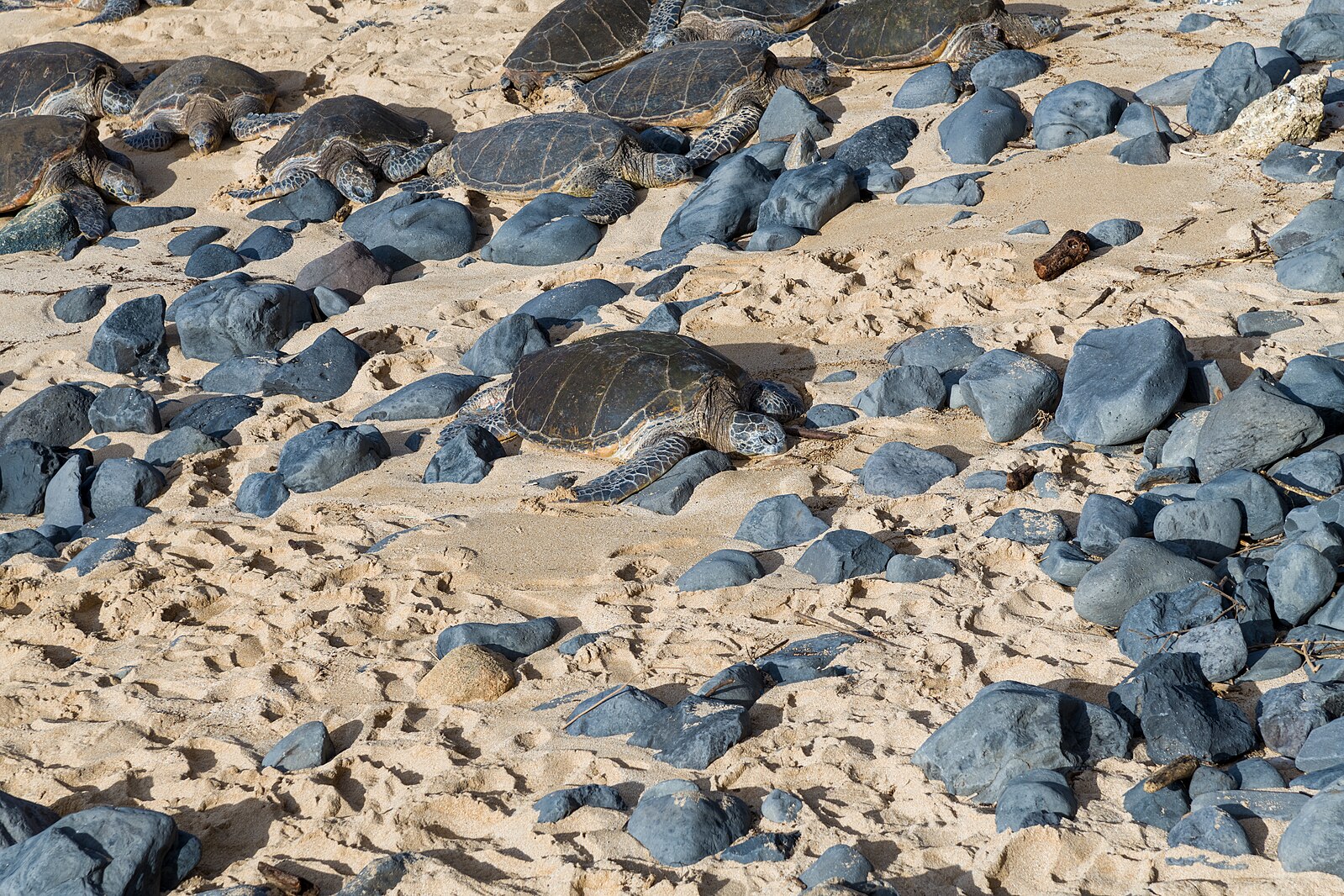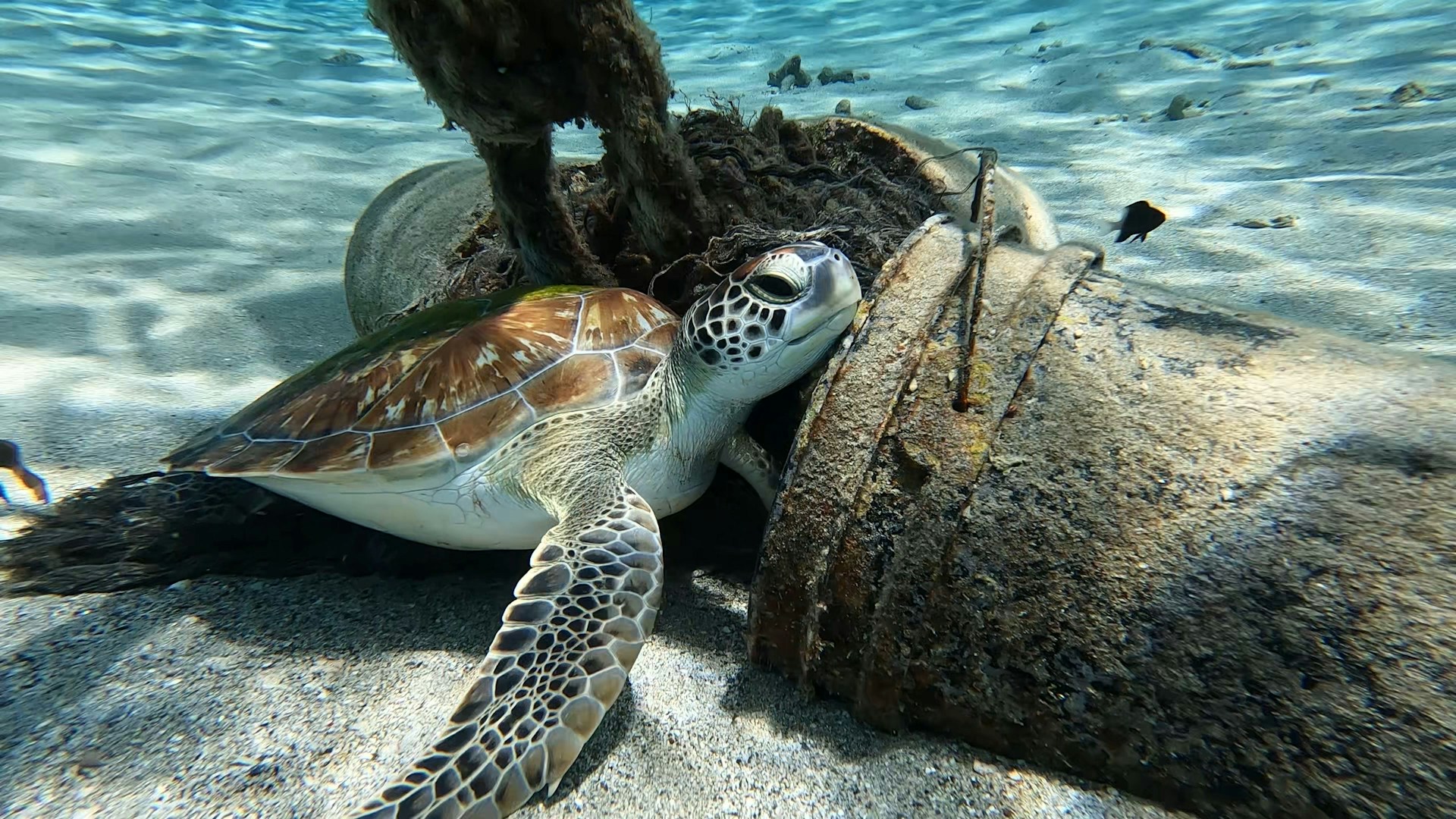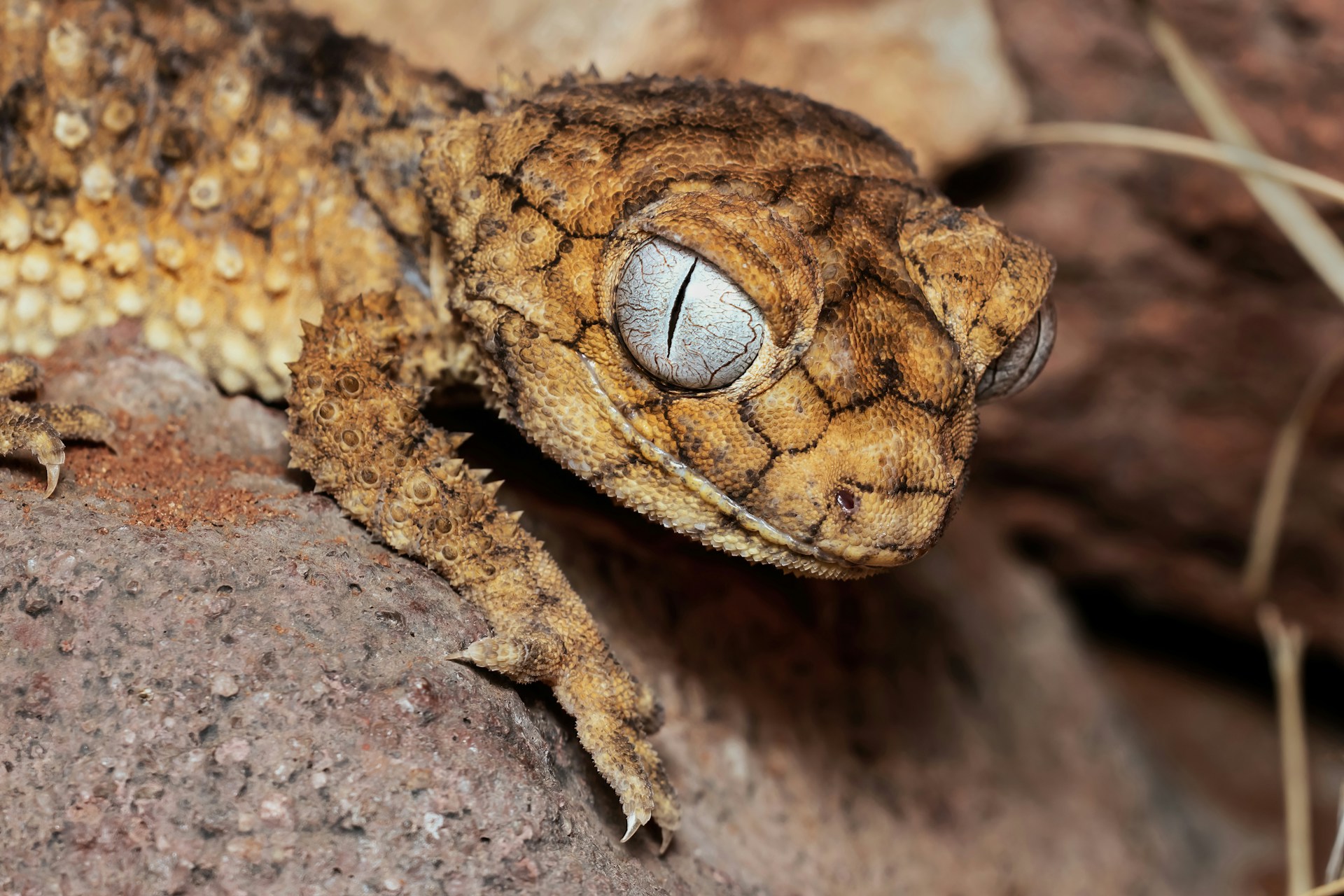Reptiles have inhabited Earth for over 300 million years, surviving multiple mass extinction events including the one that wiped out the dinosaurs. Despite this remarkable resilience, today’s reptiles face an unprecedented crisis. Habitat destruction, driven primarily by human activities, threatens to unravel millions of years of evolutionary history in just a few decades. From the mighty Komodo dragon to the diminutive gecko, reptiles across the globe are experiencing population declines at alarming rates. This ecological catastrophe unfolds quietly, often unnoticed by the general public, yet its consequences extend far beyond the reptile world, impacting ecosystem functions and human communities alike. Understanding the mechanisms, scope, and implications of this crisis is essential if we hope to reverse these devastating trends before it’s too late.
The Global Scope of Reptile Decline
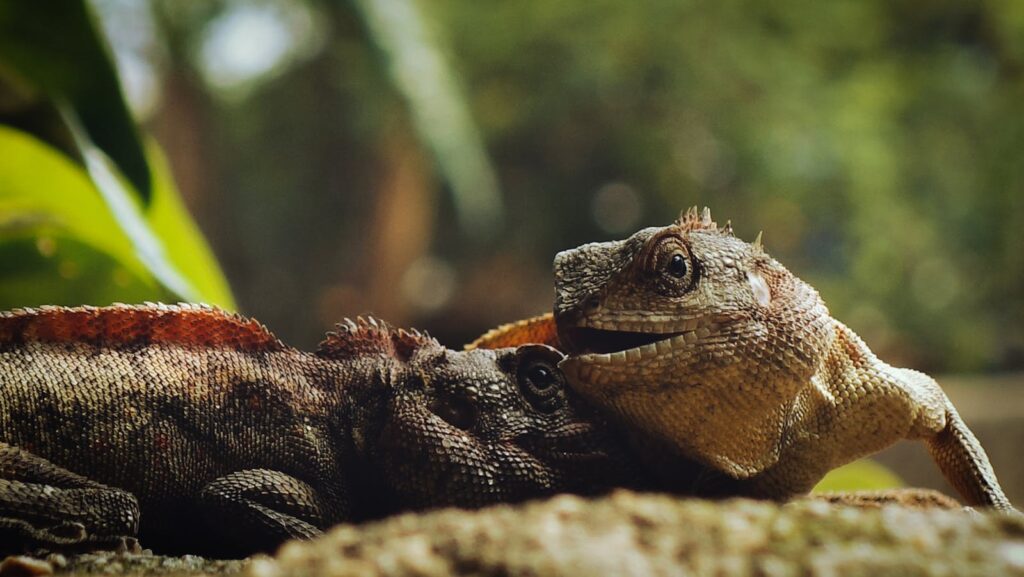
Recent assessments paint a grim picture for reptiles worldwide, with over 21% of all reptile species now threatened with extinction according to the International Union for Conservation of Nature (IUCN). This translates to more than 1,800 species teetering on the brink, making reptiles among the most endangered vertebrate groups on the planet. Regions with exceptional reptile diversity, such as tropical rainforests, Mediterranean ecosystems, and oceanic islands, are experiencing the most severe losses. What makes this crisis particularly concerning is the rapid acceleration of decline—many species that were abundant just decades ago now exist only in small, fragmented populations. The speed of this decline suggests that current conservation measures are insufficient to address the magnitude of threats facing these ancient creatures.
Habitat Destruction: The Primary Threat
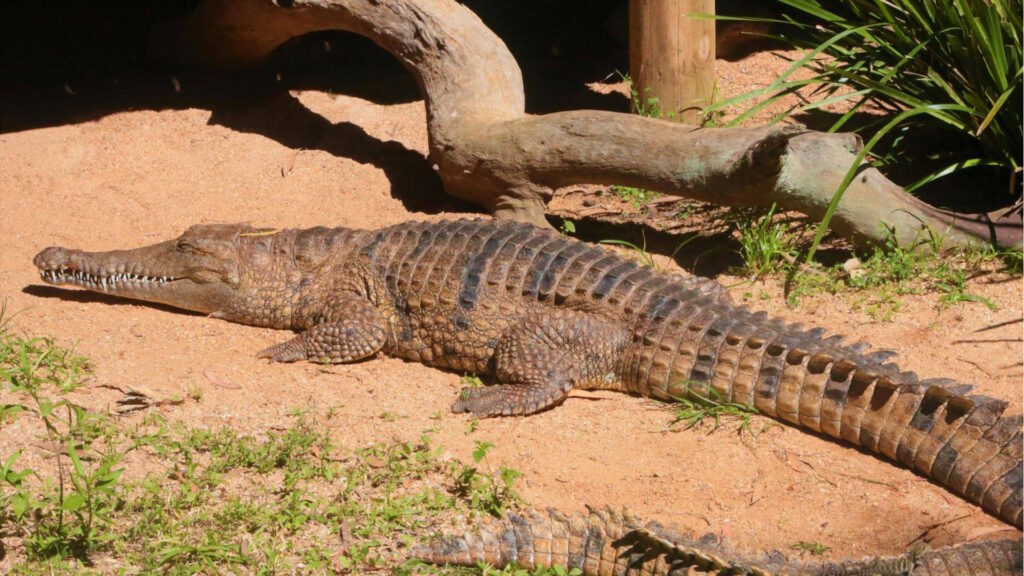
While reptiles face multiple challenges including climate change, invasive species, pollution, and direct exploitation, habitat destruction stands as the most pervasive and immediate threat. Approximately 90% of threatened reptile species cite habitat loss as a primary factor in their decline. This destruction takes many forms, from the wholesale clearing of forests for agriculture to the fragmentation of habitats by roads and urban development. What makes habitat destruction particularly devastating for reptiles is their often specialized habitat requirements and limited dispersal abilities. Many species have evolved to thrive in specific microhabitats with particular temperature gradients, humidity levels, and structural features that cannot be replicated elsewhere. When these habitats disappear, reptiles cannot simply relocate—they disappear along with their homes.
Agricultural Expansion and Deforestation
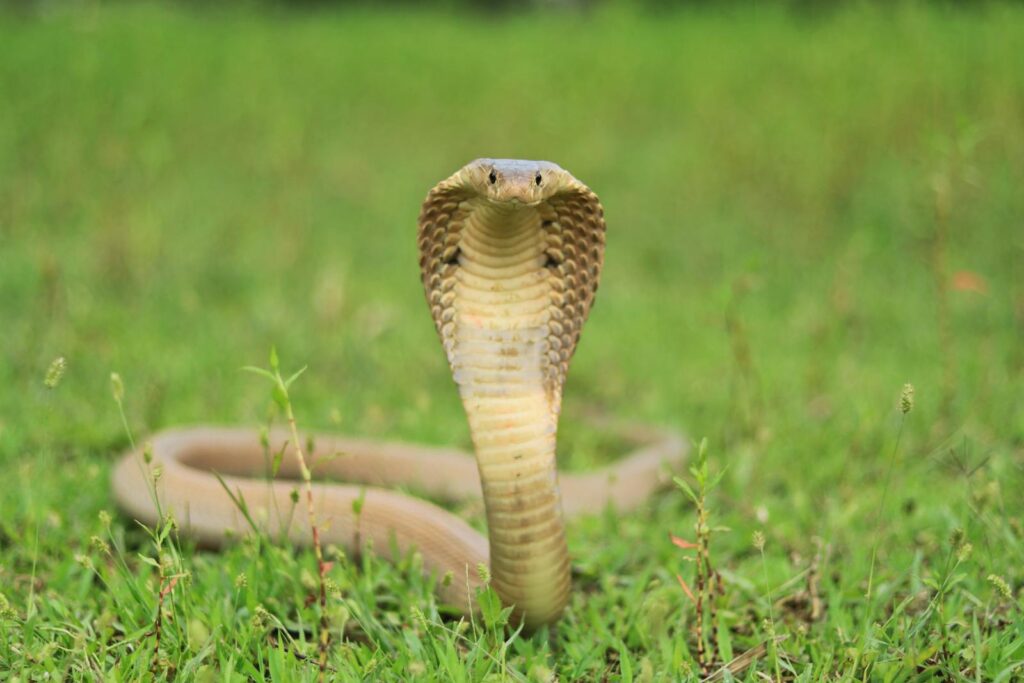
Agricultural expansion represents the single largest driver of reptile habitat loss worldwide, responsible for approximately 70% of global deforestation. In tropical regions, vast swaths of forest are cleared annually for palm oil plantations, soy fields, and cattle ranching, eliminating critical habitat for countless reptile species. The Atlantic Forest of Brazil, once home to hundreds of endemic reptile species, has been reduced to less than 10% of its original extent, primarily due to agricultural conversion. Beyond the direct loss of habitat, modern agricultural practices often involve intensive use of pesticides and herbicides that can poison reptiles directly or eliminate their prey base. The uniformity of agricultural landscapes also lacks the structural complexity that many reptiles require for thermoregulation, shelter, and reproduction, making even “green” agricultural areas functional deserts for most reptile species.
Urbanization and Infrastructure Development
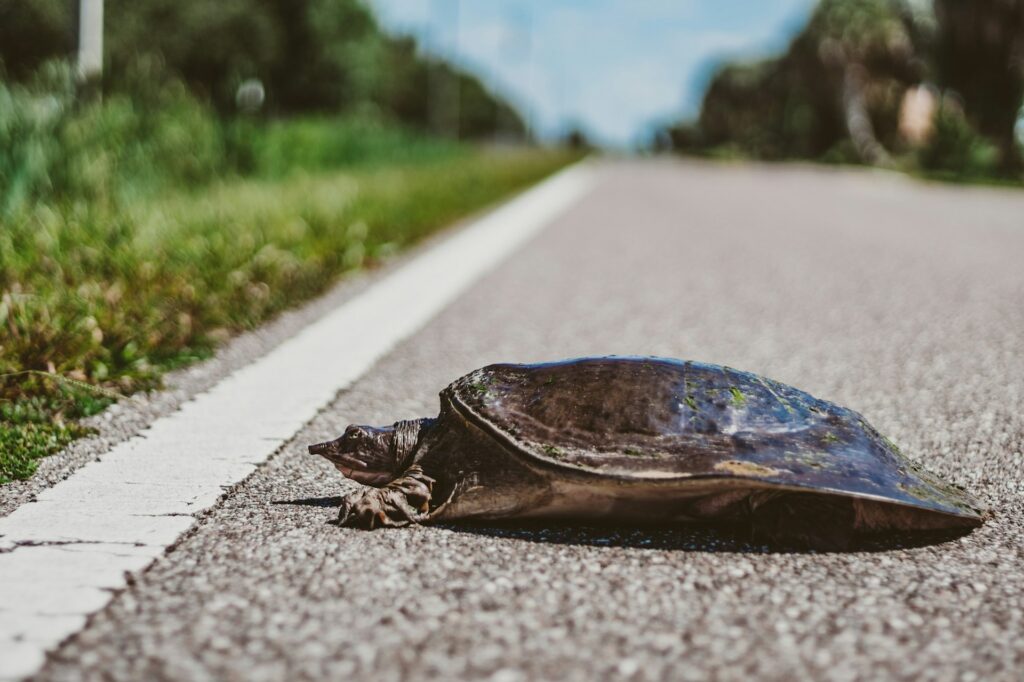
The relentless expansion of urban areas poses a significant threat to reptile populations worldwide, with over 68% of the global population projected to live in cities by 2050. Urban development not only destroys habitats outright but fragments remaining natural areas into isolated patches too small to support viable reptile populations. Roads are particularly deadly barriers for reptiles, with studies showing mortality rates exceeding 90% for some species attempting road crossings during seasonal migrations. The urban heat island effect further complicates survival for reptiles by altering temperature regimes critical for these ectothermic animals, potentially disrupting sex determination in species with temperature-dependent sex determination. Even seemingly benign urban features like artificial lighting can disrupt reptile behavior patterns, affecting nocturnal hunting, reproduction, and predator avoidance strategies.
Mining and Resource Extraction
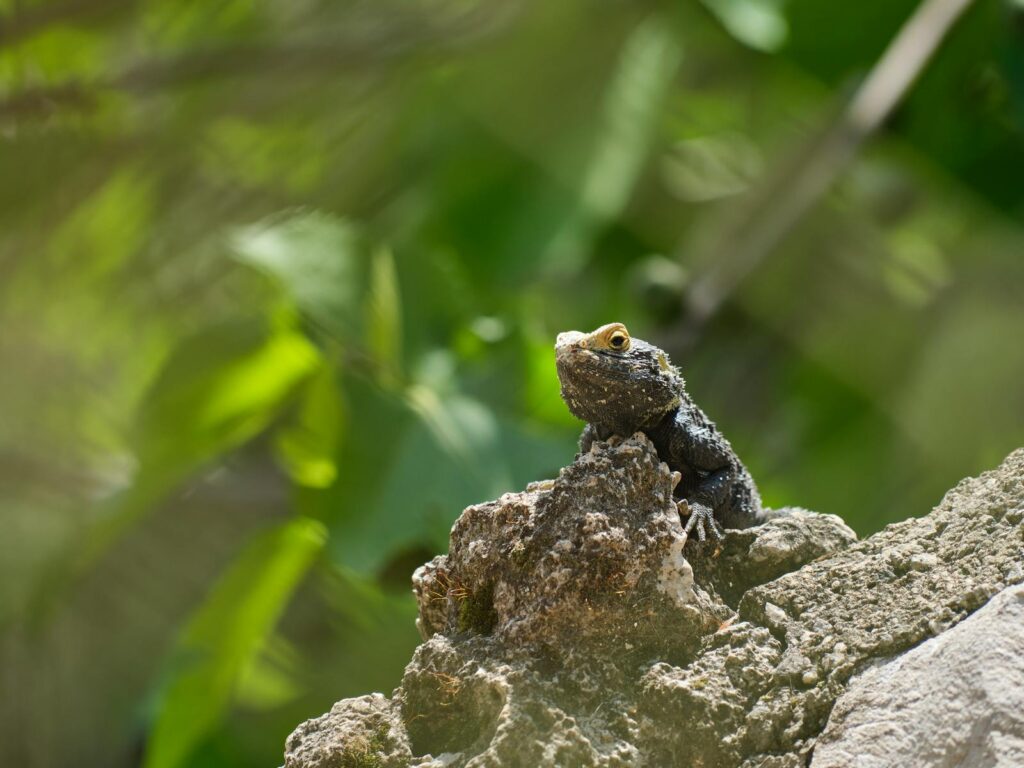
The global appetite for minerals, fossil fuels, and other natural resources drives extensive habitat destruction in previously untouched areas rich in reptile diversity. Open-pit mining operations completely remove surface habitats, while underground mining can disrupt groundwater systems critical for subterranean reptile species. In Australia’s Pilbara region, home to numerous endemic reptile species, iron ore mining has transformed vast landscapes, threatening species like the Pilbara olive python and several specialized gecko species. The infrastructure associated with extraction—roads, pipelines, and processing facilities—further fragments habitats and introduces pollution hazards. Even after operations cease, the altered landscapes rarely recover their original ecological functionality, with disrupted soil profiles, changed hydrology, and residual contamination making them unsuitable for many reptile species that previously inhabited these areas.
Wetland Drainage and Water Diversion
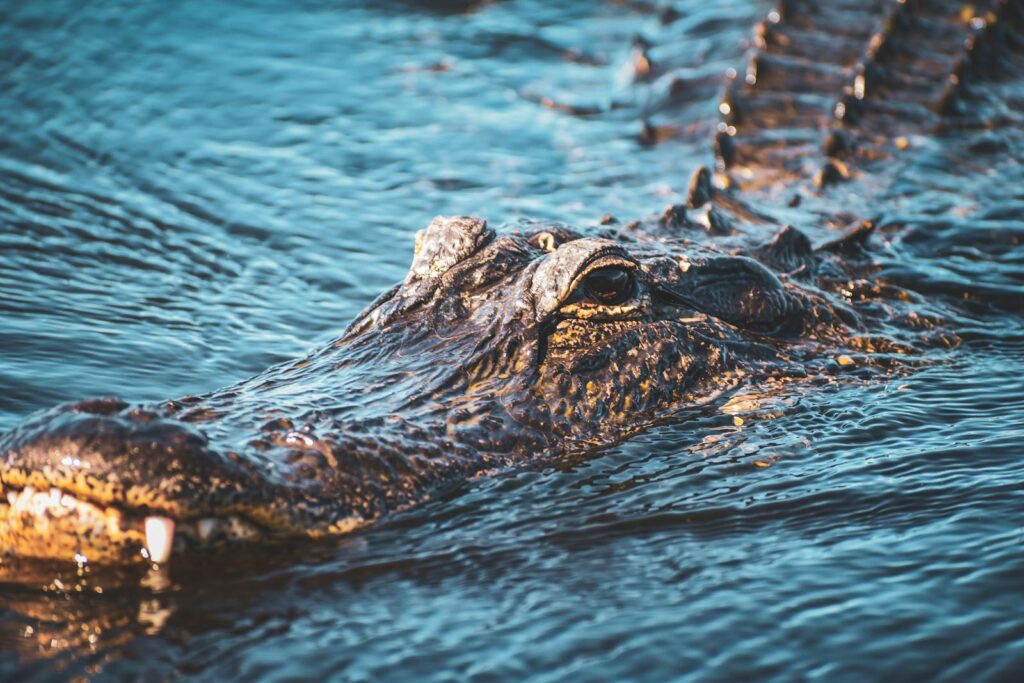
Wetlands are vital habitats for many reptile species, yet these ecosystems are disappearing at alarming rates, with over 87% of global wetlands lost since the 1700s. Semi-aquatic reptiles like turtles, crocodilians, and certain snake species rely on wetlands for feeding, reproduction, and shelter. The drainage of wetlands for agriculture, urban development, and disease control has devastated reptile populations across multiple continents. Water diversion projects, including dams and irrigation systems, alter hydrological regimes downstream, disrupting the seasonal flooding patterns many reptiles have evolved to synchronize with their life cycles. In the Florida Everglades, extensive water management has contributed to the decline of the American alligator and several turtle species by altering water levels and flow patterns critical for nesting and juvenile development.
Coastal Development and Marine Habitat Destruction

For marine reptiles and coastal species, development along shorelines represents an existential threat with over 40% of the world’s population living within 100 kilometers of the coast. Sea turtles, which must return to beaches to lay eggs, find their nesting habitats increasingly squeezed between rising seas and coastal development. Artificial lighting from beachfront properties disorients hatchlings, causing them to crawl inland rather than toward the ocean. The destruction of coral reefs through climate change, pollution, and direct physical damage eliminates critical feeding grounds for hawksbill and green sea turtles. Marine iguanas in the Galapagos face similar challenges as their coastal habitats are altered by human infrastructure and introduced species. Even mangrove forests, crucial nursery habitats for many reptiles, have lost over 35% of their global coverage, primarily due to conversion for aquaculture, agriculture, and urban expansion.
Fragmentation Effects on Reptile Populations
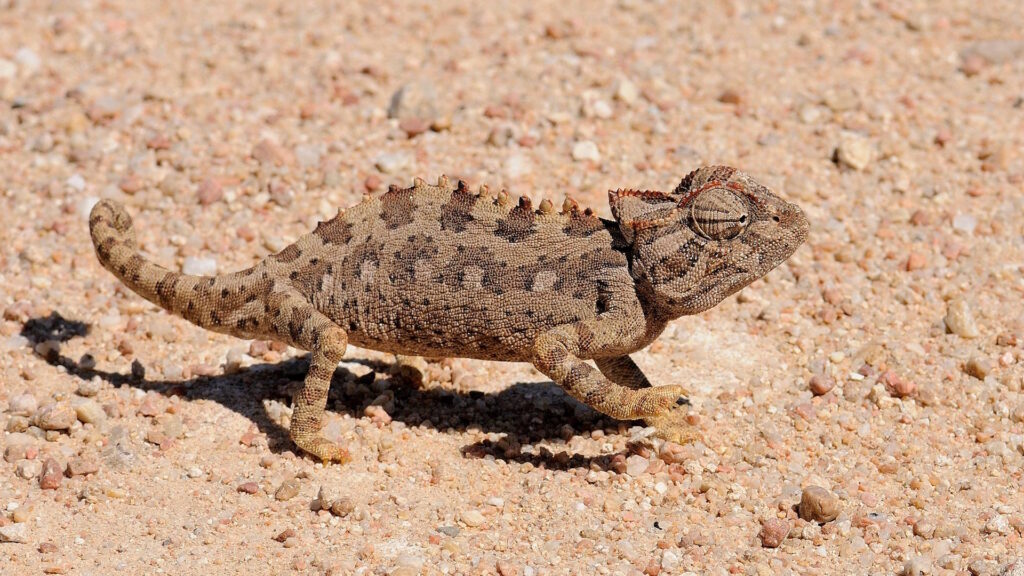
Habitat fragmentation—the breaking apart of continuous habitat into isolated patches—can be just as devastating as outright destruction for many reptile species. When habitats become fragmented, populations become isolated, leading to reduced genetic diversity and increased vulnerability to stochastic events like disease outbreaks or natural disasters. Many reptiles, particularly smaller species with limited mobility, cannot traverse the hostile matrix between habitat fragments, effectively trapping them in ever-shrinking islands of suitable habitat. Edge effects compound these problems, as the microclimate and ecological conditions at the edges of fragments differ significantly from interior conditions, reducing the effective size of the fragment even further. Studies of lizard populations in fragmented tropical forests show dramatic shifts in community composition, with specialized forest-interior species disappearing even when substantial forest patches remain.
Why Reptiles Are Particularly Vulnerable
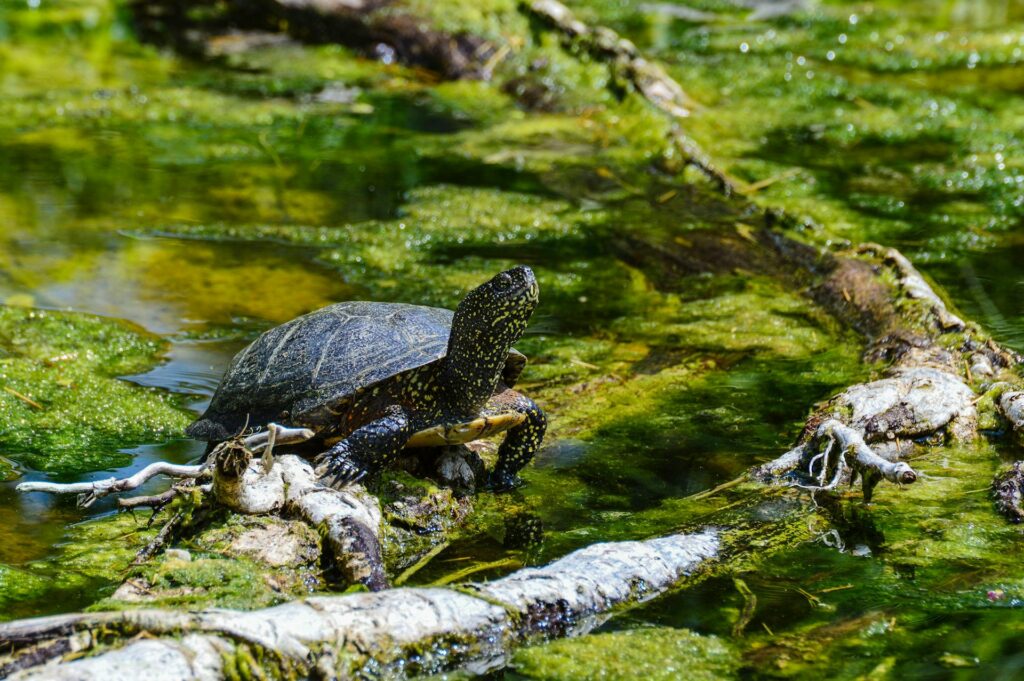
Reptiles possess several biological characteristics that make them especially vulnerable to habitat destruction compared to other vertebrate groups. As ectotherms, they rely on environmental heat sources and often require specific thermal gradients within their habitats to effectively regulate their body temperature. This thermal dependence means they cannot simply adapt to drastically altered habitats or microclimates. Many reptile species also exhibit high site fidelity, returning to the same specific locations for breeding, hibernation, or thermoregulation year after year. When these sites are destroyed, the animals often cannot identify or access suitable alternatives. The typically low dispersal capability of many reptiles further compounds their vulnerability, as they cannot readily colonize new areas when their habitats are destroyed. Finally, the often secretive nature of reptiles means their declines frequently go unnoticed until populations have reached critically low levels, limiting opportunities for timely conservation interventions.
Case Studies: Species on the Brink
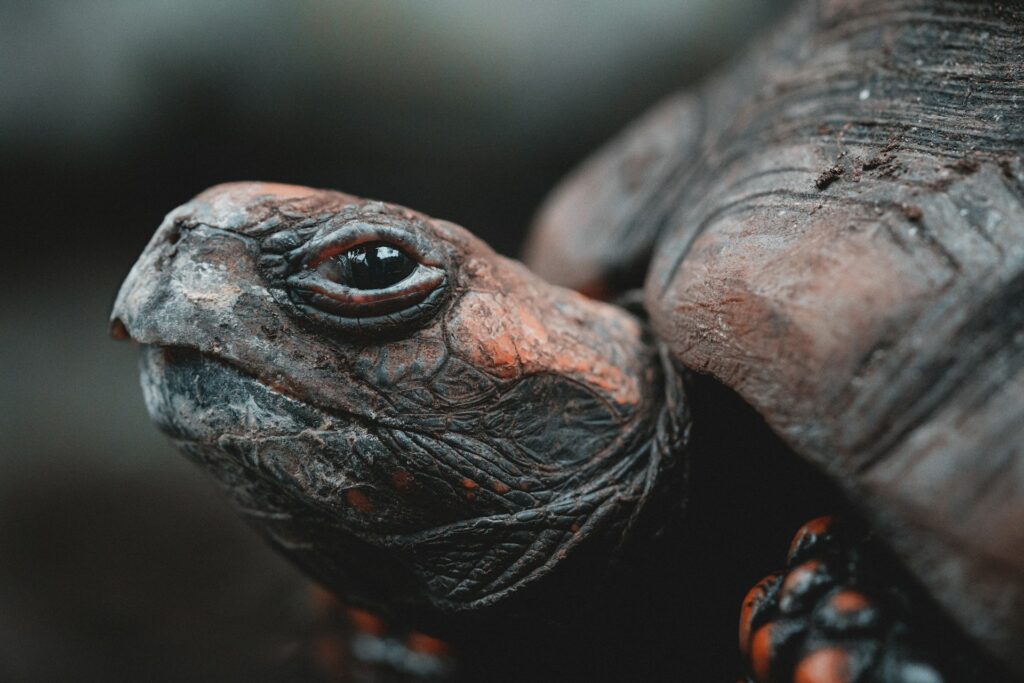
The plight of the Philippine forest turtle illustrates the devastating impact of habitat destruction on endemic reptiles with specialized requirements. Found only in Palawan, this critically endangered turtle has lost over 70% of its forest habitat to logging and agricultural conversion, pushing it to the verge of extinction. In Madagascar, the ploughshare tortoise faces a dual threat from habitat loss and poaching, with fewer than 100 individuals remaining in the wild as its native dry forests are cleared for charcoal production and agriculture. The Mary River turtle in Australia offers another sobering example—this unusual turtle with algae growing on its head has seen its riverine habitat degraded by dam construction, water pollution, and riparian clearing, resulting in a 95% population decline in just three generations. These cases represent just a small sample of the thousands of reptile species whose existence hangs in the balance due to habitat destruction, each with a unique evolutionary history and ecological role that may soon be lost forever.
Ecological Consequences of Reptile Declines

The loss of reptile species reverberates throughout ecosystems in ways we are only beginning to fully comprehend. As important mesopredators, many reptiles help control populations of potential pest species like rodents and insects, providing valuable ecosystem services to human communities. The decline of rat snakes in agricultural areas, for example, has been linked to increases in rodent damage to crops and heightened disease transmission risks. Herbivorous reptiles like tortoises and iguanas serve as seed dispersers for numerous plant species, some of which have co-evolved with these reptiles and lack alternative dispersal mechanisms. Large predatory reptiles like crocodilians and monitor lizards influence the behavior and abundance of prey species, creating cascading effects throughout food webs when their numbers decline. Even decomposing reptile eggs provide vital nutrients in nutrient-poor environments, highlighting the interconnected nature of ecosystems and the far-reaching consequences of reptile declines.
Conservation Strategies and Solutions
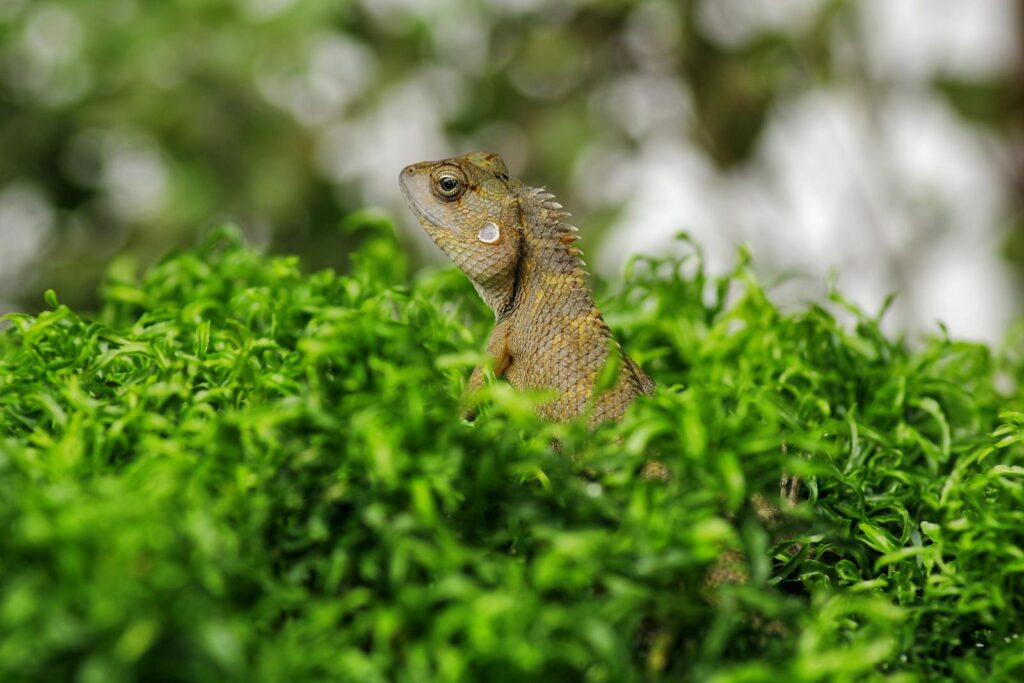
Effective conservation of reptiles requires a multi-faceted approach addressing both immediate threats and long-term habitat protection. Habitat protection and restoration stand as the cornerstones of reptile conservation, with protected area networks playing a crucial role in preserving core habitats. Connecting these protected areas through wildlife corridors specifically designed for reptile movement can help mitigate the effects of fragmentation. Innovative approaches like “reptile-friendly” infrastructure—including wildlife underpasses, canopy bridges, and modified drainage structures—have shown promise in reducing reptile mortality and improving habitat connectivity. Community-based conservation initiatives that engage local stakeholders in reptile protection have proven particularly effective in regions where conservation resources are limited. Economic incentives such as payments for ecosystem services can help align human needs with reptile conservation goals, making habitat preservation financially viable for local communities.
Success Stories and Reasons for Hope
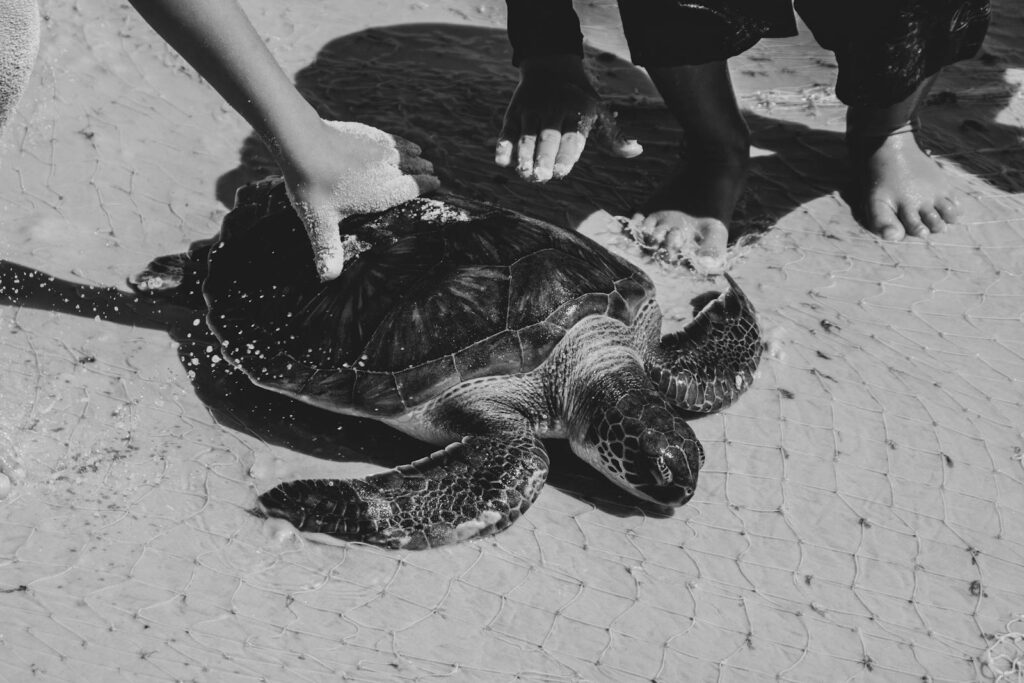
Despite the grim outlook for many reptile species, several conservation success stories offer hope that declines can be reversed with concerted effort. The American alligator represents one of the most dramatic recoveries, rebounding from near-extinction in the 1960s to a current population of over one million individuals following habitat protection measures and strict regulation of hunting. In New Zealand, innovative predator-free sanctuaries have allowed threatened tuatara and skink species to recover in protected environments free from introduced mammals. Community-based turtle nest protection programs in Costa Rica have helped reverse decades of decline for several sea turtle species, with some nesting beaches seeing exponential increases in nest numbers. The Antiguan racer, once the world’s rarest snake with just 50 individuals remaining, now numbers over 1,000 following habitat restoration and invasive predator removal on several small islands. These successes demonstrate that with appropriate conservation interventions, even the most imperiled reptile species can recover.
The Path Forward: Integrated Conservation Approaches
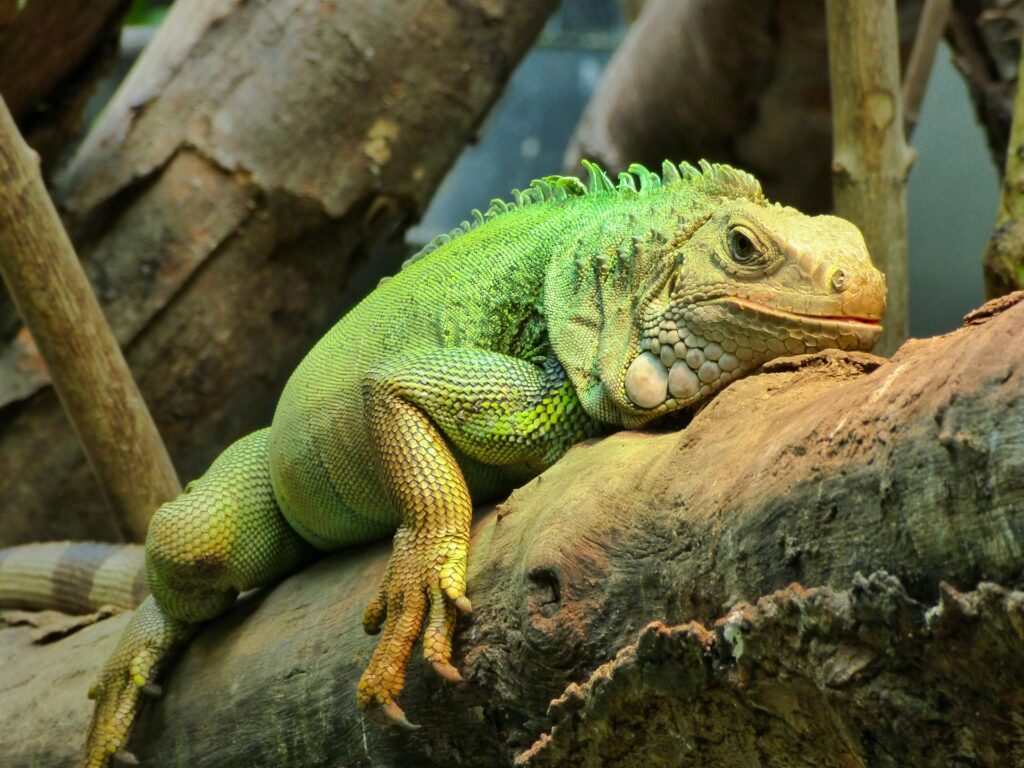
Securing a future for the world’s reptiles requires moving beyond single-species conservation to embrace landscape-level approaches that balance human needs with biodiversity protection. Sustainable land-use planning that explicitly incorporates reptile habitat requirements at multiple scales—from microhabitat features to landscape connectivity—represents a crucial step forward. Integrating reptile conservation into broader sustainable development goals can help mainstream protection efforts and access additional funding streams beyond traditional conservation sources. Improved monitoring technologies, including environmental DNA sampling and remote sensing, enable more effective tracking of reptile populations and habitat quality, allowing for adaptive management approaches. Public engagement and education initiatives play an essential role in building support for reptile conservation, transforming often-feared animals into valued components of natural heritage. By combining these approaches with strong policy protections and innovative financing mechanisms, we can create a world where reptiles thrive alongside human communities for generations to come.
Conclusion
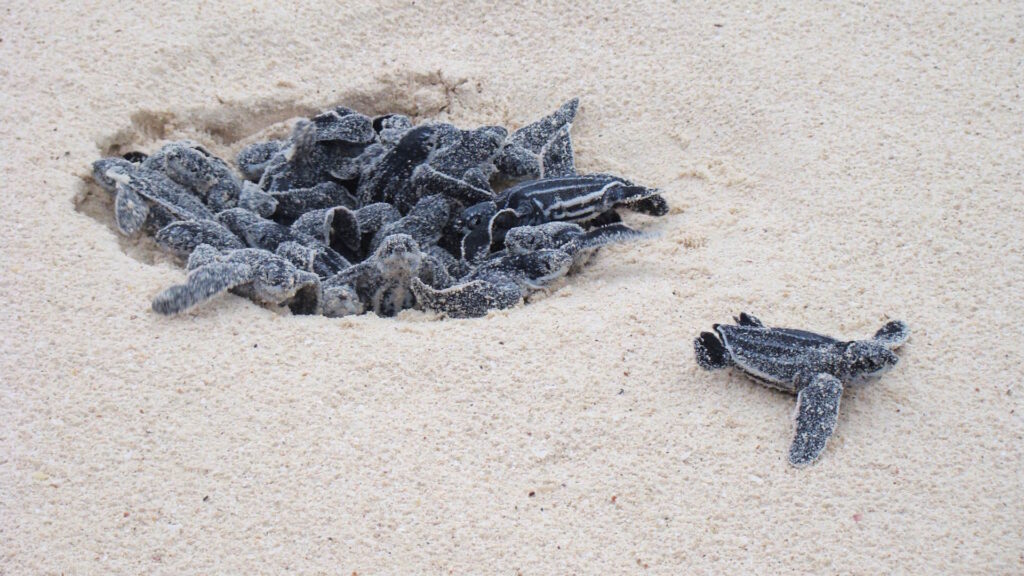
The crisis facing reptiles due to habitat destruction represents one of the most significant yet underappreciated biodiversity challenges of our time. These ancient survivors, having weathered millions of years of natural changes, now face unprecedented pressures from human activities transforming the planet at breakneck speed. The loss of reptile diversity threatens not only the species themselves but also the ecological functions they perform and the scientific and cultural values they embody. However, conservation success stories demonstrate that decline is not inevitable. With appropriate protection, restoration, and sustainable management of habitats, reptile populations can recover. The path forward requires recognizing the unique value of reptiles in Earth’s ecosystems and making conscious choices to ensure space for these remarkable creatures in our shared future. By protecting reptile habitats, we ultimately protect the complex web of life that sustains all species—including our own.

